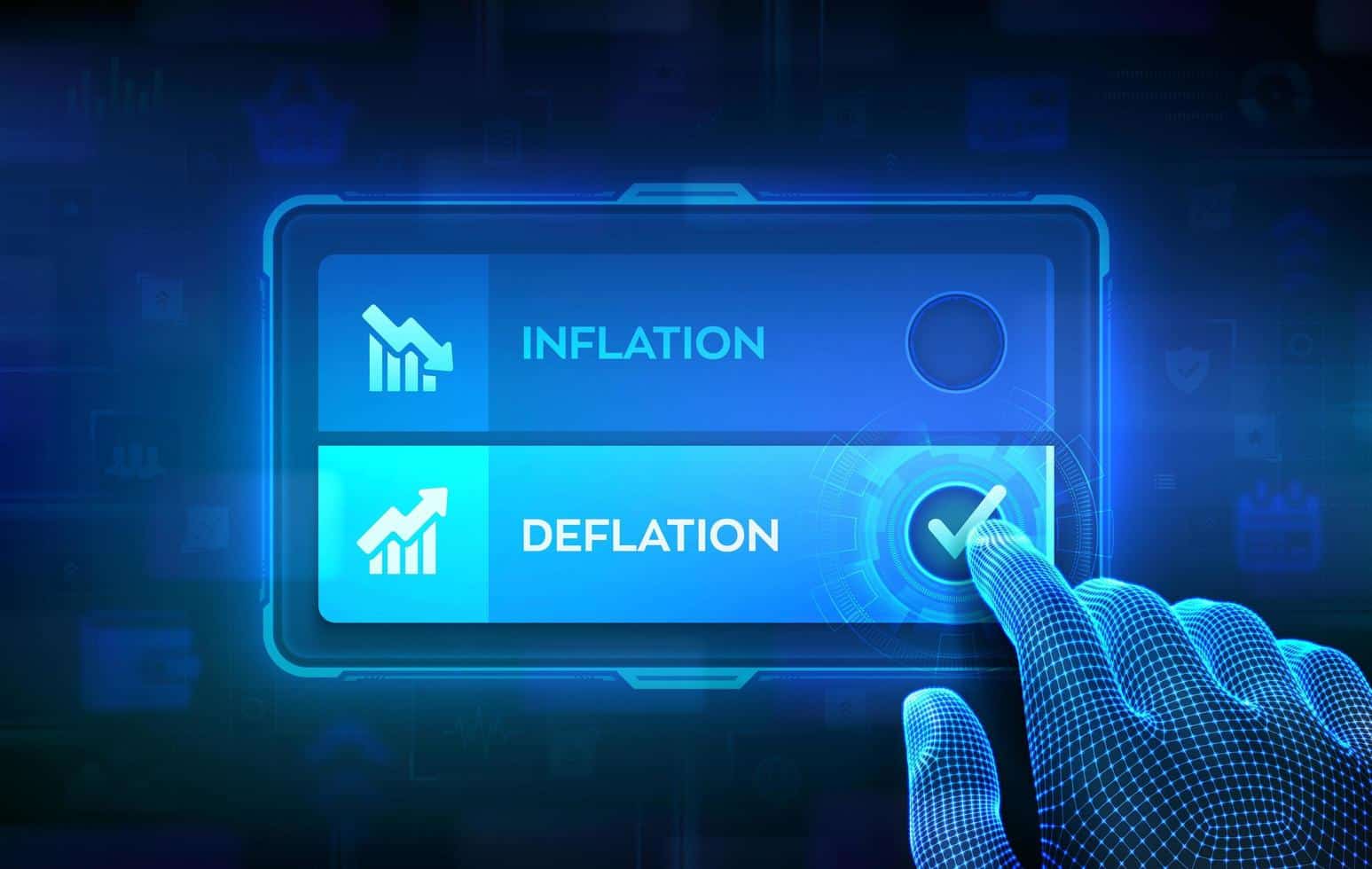

Deflation, the persistent decline in the general price level of goods and services, stands in contrast to the more familiar concept of inflation. While inflation involves the gradual increase in prices over time, deflation signifies a sustained decrease. This economic phenomenon can have profound implications for individuals, businesses, and economies as a whole. In this article, we delve into the causes, effects, and potential consequences of deflation. Deflation can arise from various sources, each with its unique triggers. Some common causes include: 1. Decreased Consumer Demand If consumers reduce their spending due to economic uncertainty, high levels of debt, or pessimistic outlooks, businesses may be compelled to lower prices to entice purchases. This can lead to a downward spiral of falling demand and further price reductions. 2. Technological Advancements Rapid technological progress can lead to increased productivity, resulting in lower production costs. If these cost savings are passed onto consumers in the form of lower prices, it can contribute to deflation. 3. Excess Production Capacity When industries have more production capacity than necessary to meet current demand, competition among producers intensifies, leading to price wars